This study guide offers a systematic, comprehensive and focused approach to preparations fir the MRCOG Part 3 Clinical Assessment exam. After an initial introduction, the text divides by OSCE station, beginning with an analysis of what the station is testing approaches and preparation are required, supported by tips and examples; this is followed by thoroughly worked practice questions based upon the exam format, with an analysis of how theses are likely to be marked. Practice exam ‘circuits’ with fully worked questions and answers conclude the book. T. Justin Clark, MD (Hons), FRCOG, is Consultant Gynaecologist and Honorary Professor, Birmingham Women;s & Children’s Hospital and University of Birmingham, Birmingham, UK. Arri Coomarasamy, MD, FRCOG, is Professor of Gyaecology, Institute of Metabolism and Systems Research, University of Birmingham, and Director of Tommy’s National Centre for Miscarriage Research, Birmingham, UK. Justin Chu, PhD, MRCOG, MBChB, is Academic Clinical Lecturer and Obstetrics and Gynaecology Specialist Registrar, University of Birmingham and Birmingham Women;s & Childrens Hospital, Birmingham, UK. Paul Smith, PhD, MRCOG, MBChB (Hons), BSci (Hons), is NIHR Post Doctoral Research Fellow and Obstetrics and Gynecology Specialist Registrar University of Birmingham and Birmingham Women’s & Children’s Hospital, Birmingham, UK.
GET THROUGH MRCOG Part 3 Clinical Assessment (Second Edition)
₹675.00
| Weight | 250 kg |
|---|---|
| Dimensions | 20 × 14 × 4 cm |
Customer Reviews
There are no reviews yet.

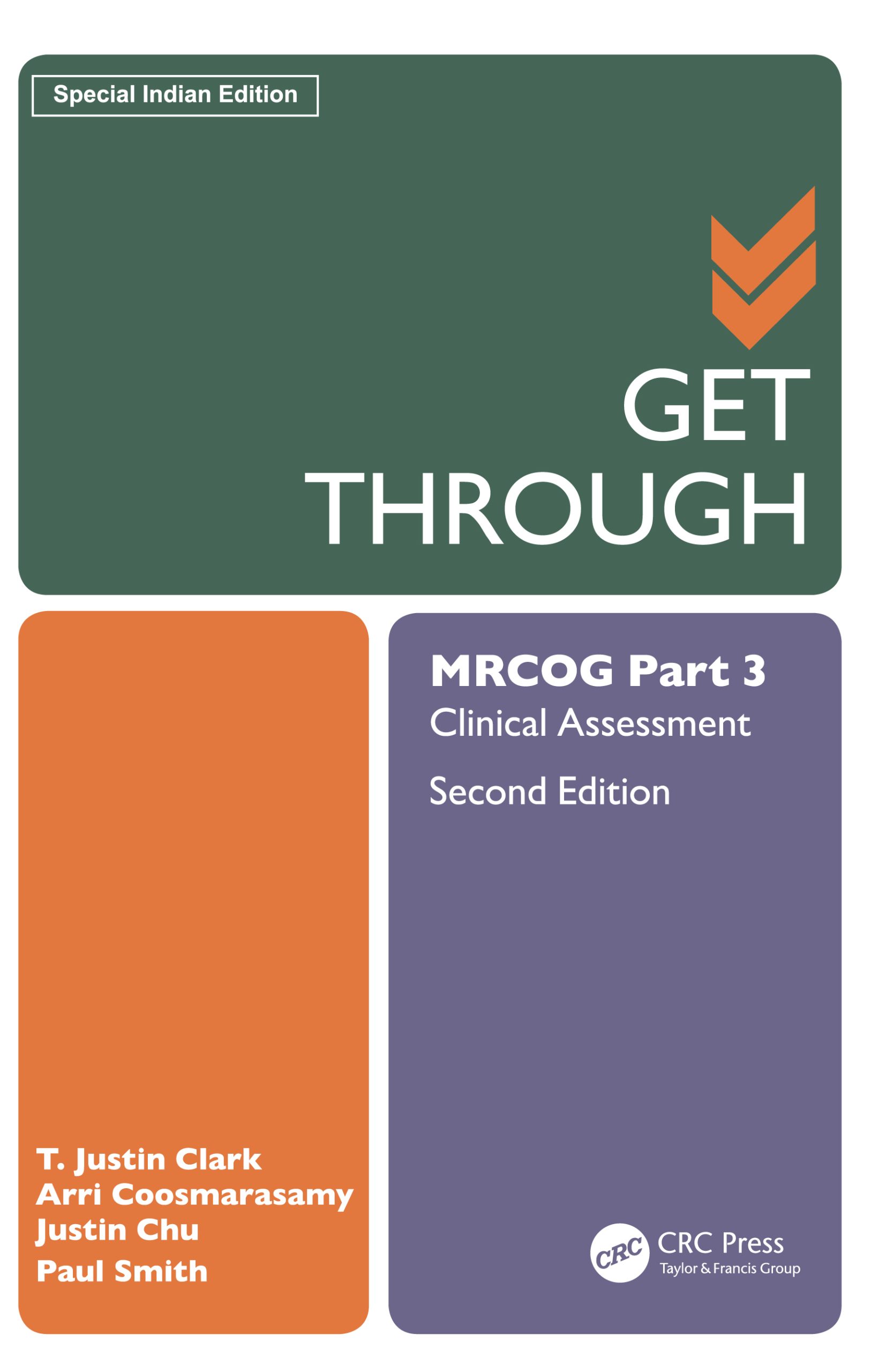
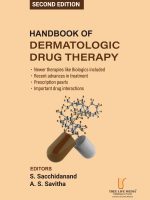
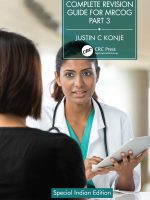
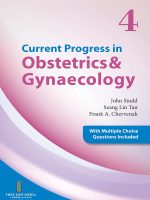
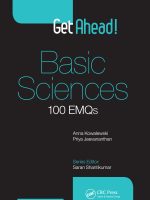
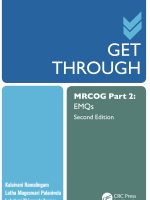
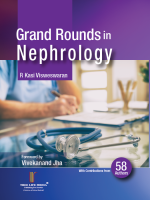
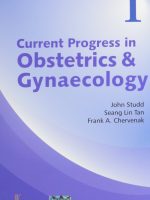
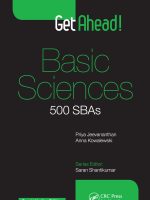
Be the first to review “GET THROUGH MRCOG Part 3 Clinical Assessment (Second Edition)”